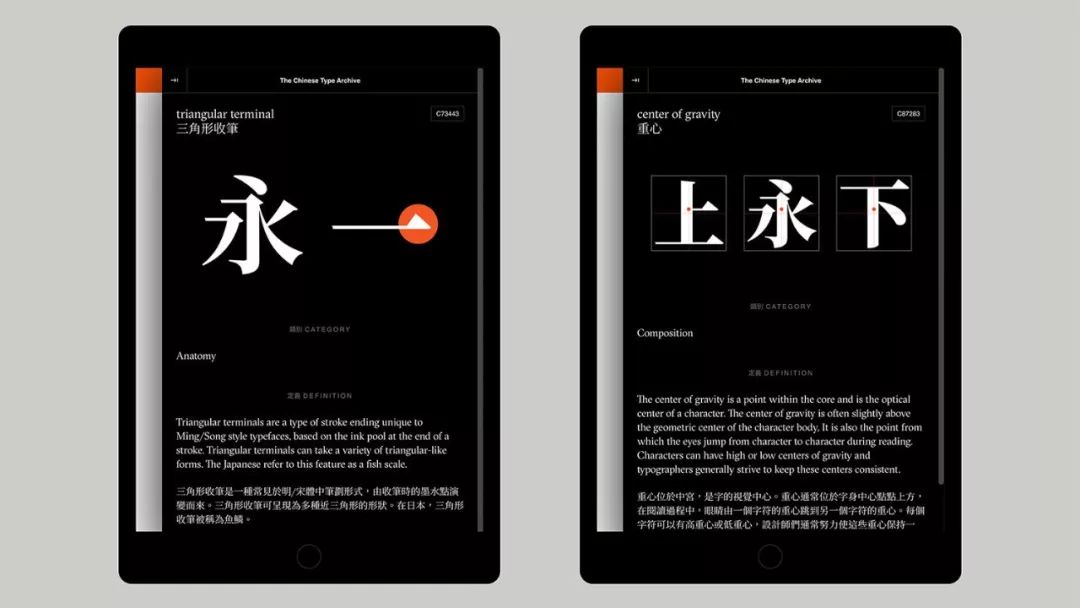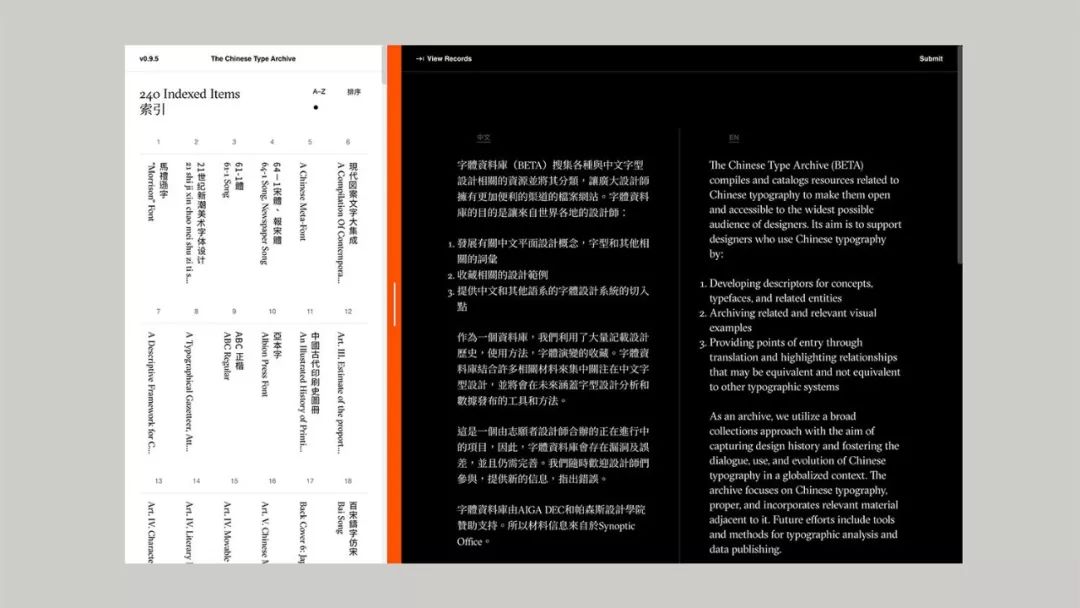

China's forgotten typeface finds a home.
The Year of the Rat is an essential new year for any designer working on Chinese characters.
Launching today, the Chinese Typeface Archive is a volunteer-run open data resource that will bring awareness and discussion to designers about Chinese typefaces.
Led by the New York/Hong Kong multidisciplinary design studio Synoptic Office, the archive will archive relevant and relevant visual examples by developing descriptors of concepts, typefaces and related entities, and by translating and emphasizing integration with other typographic systems Relationships, providing support for designers using Chinese typography.
This project aims to address the lack of design discourse surrounding Chinese typography in both the Chinese and English-speaking design worlds, and to find a home for China's forgotten typefaces.
The Synoptic office, co-founded by design academics Caspar Lam and YuJune Park, has designed extensively for the US and Chinese markets. The document, which began testing last November and is officially released today, contains more than 230 Chinese fonts, definitions, and information in both Chinese and English, with a core of students and graduates from Parsons School of Design and Rhode Island School of Design (RISD) The team compiles.


Lam said: "While calligraphy (the form of handwriting) has been extensively classified and studied in China, similarly methodical attention has only recently been paid to Chinese typography (typefaces used for printing and screens). Thus, Designers don't have a common typography language."
To fill this gap, Synoptic began combining their academic and design expertise to compile and catalog resources related to Chinese typography, with the aim of making them accessible to as many designers as possible.
Park added: "We hope that the archives will become a catalyst for research and discussion, a meeting place where people can contribute and access information—a kind of Wikipedia for Chinese characters."

Because many fonts that are cataloged are either unnamed or named after the printer, the archive contains the font's new name and, more importantly, a stable ID number to help designers make it easier distinguish and use them.
You can find here the extensive work done so far on the Chinese archives.
https://chinesetypearchive.com
Learn more about the successful cases and courses of American and British visual communication study abroad portfolios,Scan and add WeChat consultation below.
Articles are uploaded by users and are for non-commercial browsing only. Posted by: Lomu, please indicate the source: https://www.daogebangong.com/en/articles/detail/An%20encyclopedia%20of%20more%20than%20230%20Chinese%20fonts.html

 支付宝扫一扫
支付宝扫一扫 
评论列表(196条)
测试